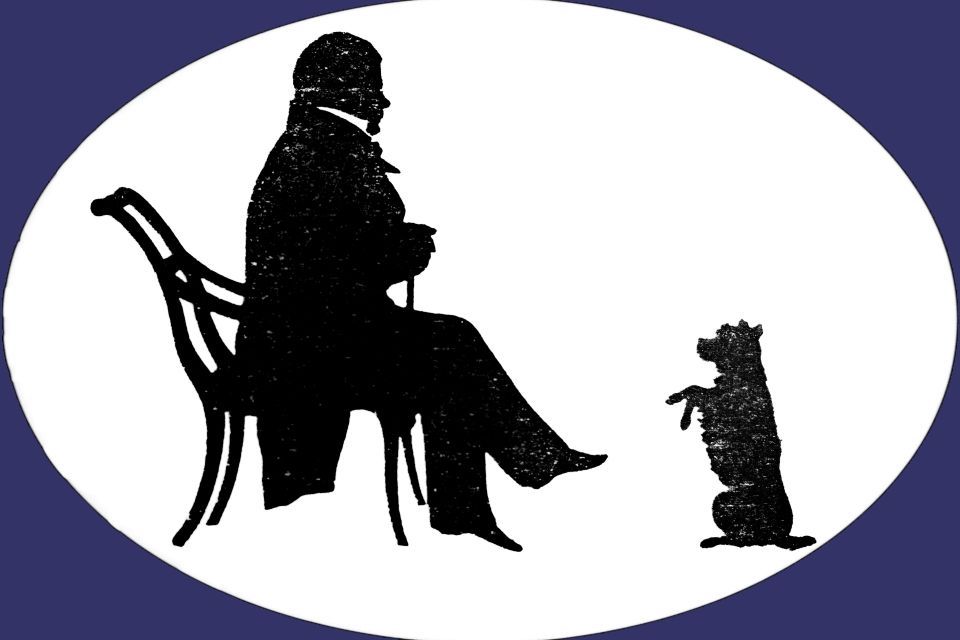Introducing Guy Mannering and the Astrologers
An Article from the 1996 Bulletin
Summary of the Article:
Richard D. Jackson explores the astrological themes underpinning Guy Mannering, particularly as expressed in the 1829 Magnum Opus Introduction by Walter Scott. Scott originally intended astrology to play a major role, as reflected in the novel’s subtitle “The Astrologer”, although this motif fades after the early chapters.
Jackson discusses how Scott's personal experiences, particularly his unfulfilled love for Williamina Belsches, deeply influenced his writing. Through diary entries and fictional parallels, Jackson suggests that Guy Mannering contains emotional and psychological echoes of Scott's own heartbreak and the “gloom” that followed Williamina’s marriage to another man.
He traces the origin of the novel's plot to a tale Scott attributed to John MacKinlay, an old family servant. However, Scott scholar Prof. Peter Garside suggest the real source may have been Joseph Train, a Galloway exciseman. The discrepancy raises questions about whether Scott invented MacKinlay as a more romanticised or symbolic source.
A key part of the article analyses the allegorical story told in the novel’s Introduction, in which a youth is raised in purity, faces a spiritual crisis on his 21st birthday, and is almost destroyed by temptation before being saved by faith and ultimately rewarded. Jackson reads this as a parable of adolescent sexual awakening, drawing a thinly veiled parallel to Scott’s emotional and moral turmoil after being rejected by Williamina.
The article also suggests Scott’s lifelong preoccupation with fate, prophecy, and astrology extended to his own mortality. His fear of suffering the same paralytic decline as his father is reflected in the astrologer's two-year prophecy in the Introduction, eerily similar to the actual span between Scott’s first stroke and his death.
Interesting Points
- Scott’s heartbreak shaped his fiction:
- His early romantic disappointment with Williamina Belsches, and his inability to let go of the memory, is mirrored in various novels (Guy Mannering, The Bride of Lammermoor) and in personal letters and journal entries.
- The astrologer tale is a sexual parable:
- Jackson interprets the parable of the youth, temptation, and salvation in the Guy Mannering Introduction as a symbolic narrative of a young man's sexual awakening and moral crisis—a rare, candid psychological reading of Scott.
- Invented source?:
- The “John MacKinlay” story in the Magnum Introduction may be fictional or at least a poetic framing of a tale actually received from Joseph Train, raising questions about how Scott curated his own mythos.
- Scott’s obsession with fate and decline:
- The astrologer's two-year gap between life and death foreshadows Scott’s own paralytic decline (1830–1832). Scott was apparently haunted by the fear of following his father's tragic decline into mental incapacity.
- Recurring astrological motifs:
- Later works such as Kenilworth, Quentin Durward, and My Aunt Margaret’s Mirror show Scott’s ongoing use of astrologers, soothsayers, and prophecies—often tied to moments of personal or moral crisis.
- Scott’s own uncertainty over his birth date:
- He believed he was born on 15 August 1771, but some biographers proposed 1770. This adds a symbolic irony to his inability to construct his own horoscope.
Download the [transcript] or read the [bulletin]

Download the [transcript] or read the [bulletin]


